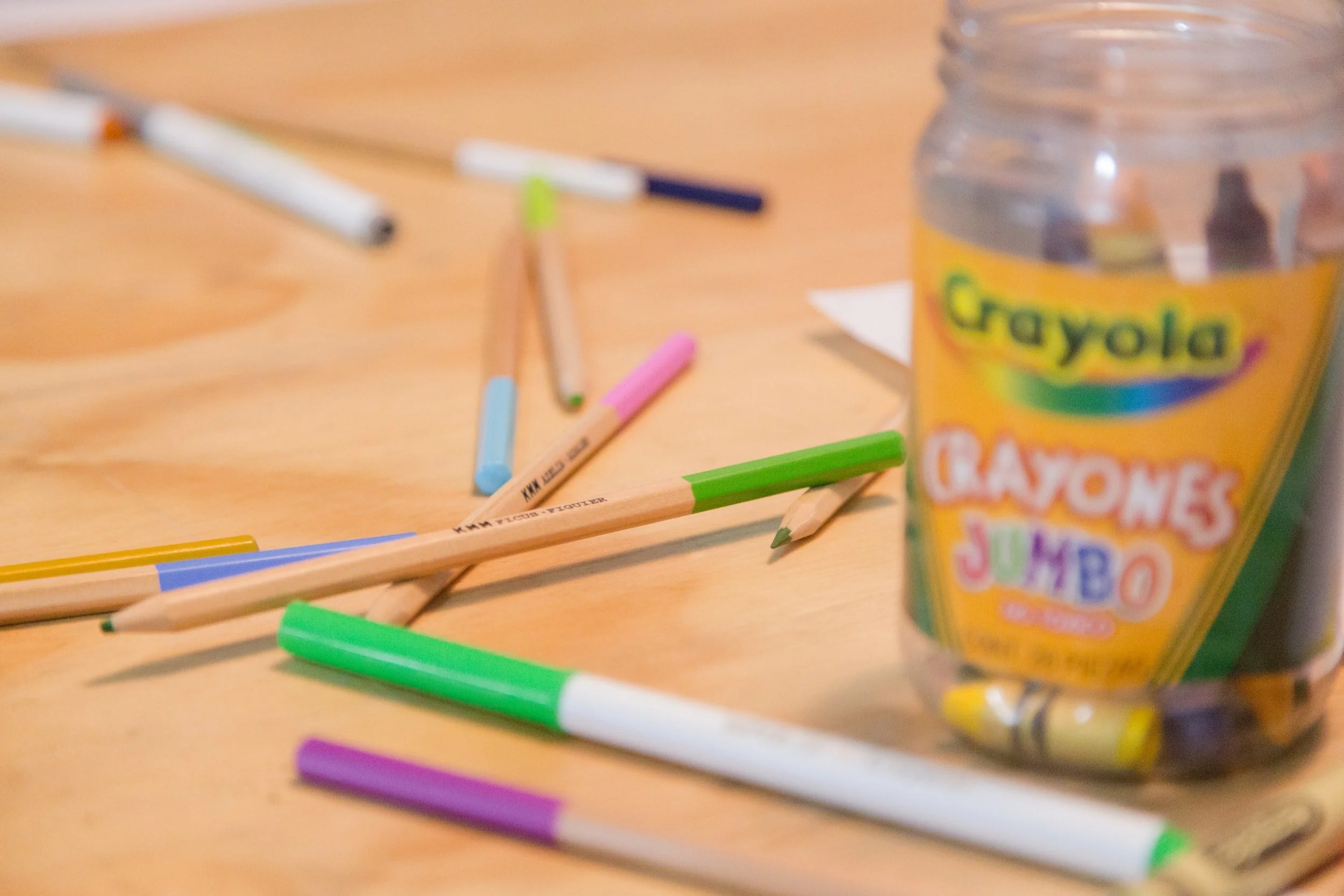As a homeschooling parent, keeping accurate records is essential. Whether you’re required to do so by state regulations or simply want to maintain a comprehensive record of your child’s educational journey, effective record-keeping ensures clarity, accountability, and peace of mind. In this post, I share my approach to homeschool record-keeping, including practical tips and recommended tools.
State Programs: Overture and Tech Trep
Before diving into the details, let’s address two state programs that offer unique opportunities for record-keeping:
Overture Learning: If you’re in Idaho, consider signing up for Overture Learning. This K-12 distance education program provides support, curriculum, and resources to homeschooling families. By submitting work samples, you can receive state reimbursement for non-religious materials, zoo admission, and more. Overture becomes your grade/school of record, making it an excellent option for organized record-keeping.
Tech Trep Academy: Available in several states, including Idaho, Tech Trep Academy offers personalized, tuition-free education (this is the option we use). While not mandatory, it’s wise to keep records even if you participate in Tech Trep. Their flexible approach allows parents to choose learning resources that suit their child’s needs. You’ll receive a supplemental learning fund to enhance your homeschool experience. Tech Trep also offers virtual classes, clubs, and monthly field trips, fostering a well-rounded education.
Essential Record-Keeping Components
Regardless of state requirements, here are the key components to include in your homeschool records:
Attendance Records: Keep track of the days your child participates in educational activities. Even if not mandated, attendance records provide a clear picture of your homeschooling journey.
Curriculum Information: Document the textbooks, workbooks, and online resources you use. Note the subjects covered and any unique materials you incorporate.
Samples of Student Work: Collect samples of your child’s schoolwork—essays, projects, artwork, and assessments. These demonstrate progress and achievement.
Correspondence: Save any communication with school officials, including letters of withdrawal (if applicable). These interactions validate your homeschooling efforts.
Portfolios and Test Results: Create portfolios as keepsakes. Include student work, progress reports, and any standardized test scores or evaluations.
The Mardel Planner: A Game-Changer
One tool I highly recommend is the Mardel A Simple Plan Homeschool Planner. Here’s why it’s fantastic:
Comprehensive Sections: This planner covers all bases. From lesson planning to attendance tracking, it’s designed to simplify your homeschool organization. As an added plus for large families, it has space for up to 6 kids!
Versatile Learning Funds: If you’re part of a program like Tech Trep, the planner accommodates the $1700 learning fund provided per student. Use it for approved educational resources, technology items, and extracurricular activities.
Virtual Classes and Clubs: The planner helps you schedule virtual classes and track club participation. It’s a hub for your child’s educational experiences.
Crafting a Homeschool Portfolio: A Time Capsule of Learning
Creating a homeschool portfolio is more than just a record-keeping exercise; it’s a way to capture the essence of your child’s educational journey. While not required in Idaho, we choose to compile portfolios as cherished keepsakes, allowing us to reflect on the growth and accomplishments of each school year.
The Art of Portfolio Creation
I love this video that offers a step-by-step guide on assembling a meaningful collection of your child’s work. This resource simplifies the process, ensuring that your portfolio not only serves as a record but also as a celebration of your child’s progress.
My Basic Portfolio Template
In addition to the video, I offer my basic portfolio template, designed to streamline your record-keeping. This template is a tool to help you organize work samples, highlight milestones, and create a tangible reflection of your homeschooling experience. It’s an easy-to-use framework that supports you in documenting the learning adventure you and your children embark on each year.
The Value of a Portfolio
Even though portfolios aren’t mandated, their value is immeasurable. They serve as a time capsule, capturing the essence of your homeschooling days—every project, every lesson, and every discovery. As you flip through the pages, you’ll be transported back to those moments of shared learning, and you’ll see, in vivid detail, just how far you’ve come together.
A portfolio is more than a collection of papers; it’s a narrative of your homeschooling path, a story that unfolds with each added piece. So, let’s create something beautiful that you and your children will treasure for years to come.
Remember, even if your state doesn’t require extensive record-keeping, maintaining organized records benefits both you and your child. Whether you choose Overture, Tech Trep, or another approach, find a system that works for your family. With the right tools and a dash of creativity, you’ll create a meaningful record of your homeschooling adventure.
Happy homeschooling!









